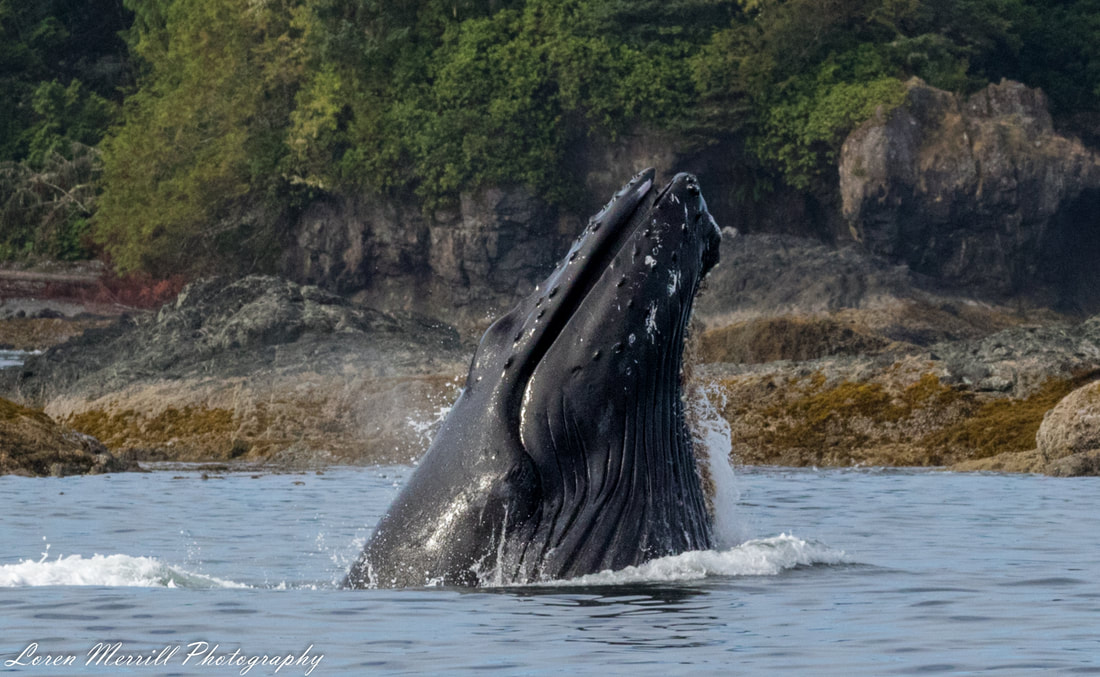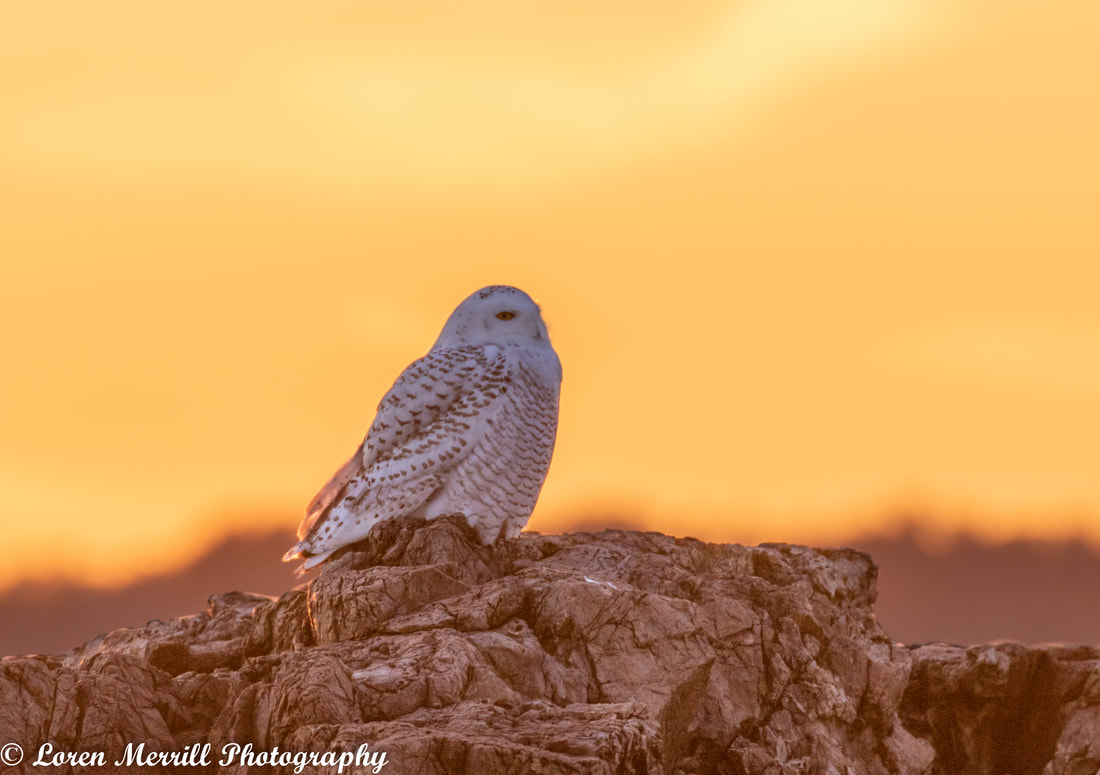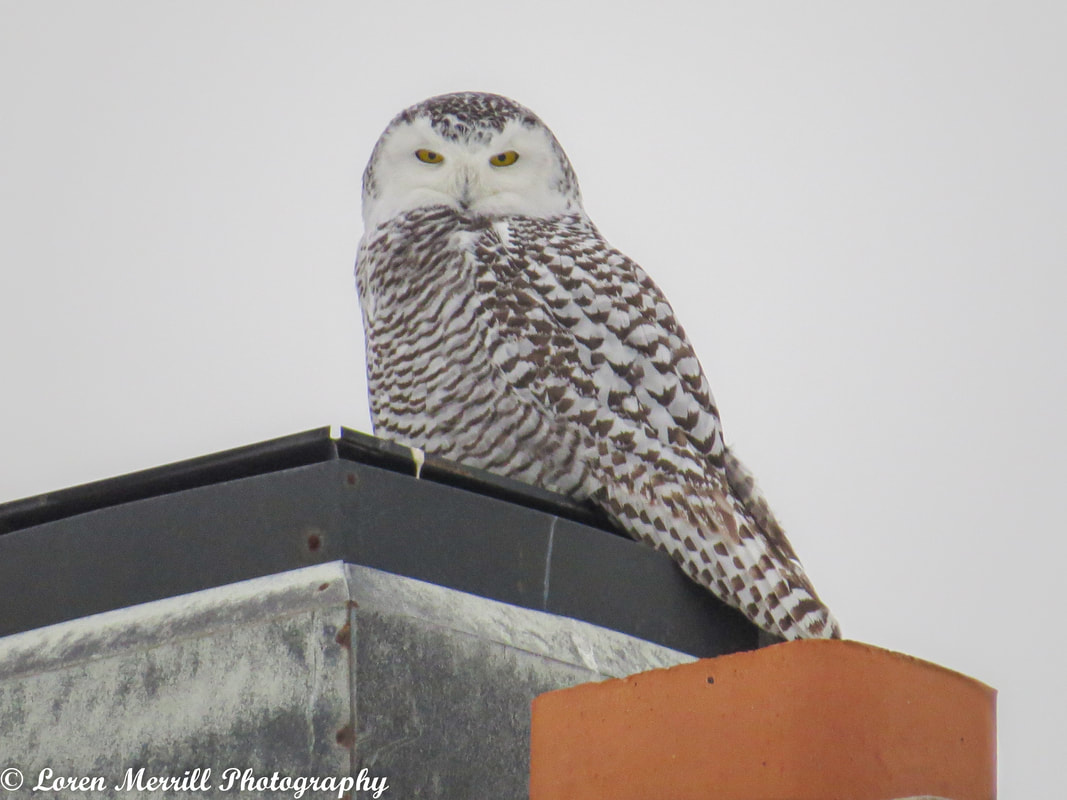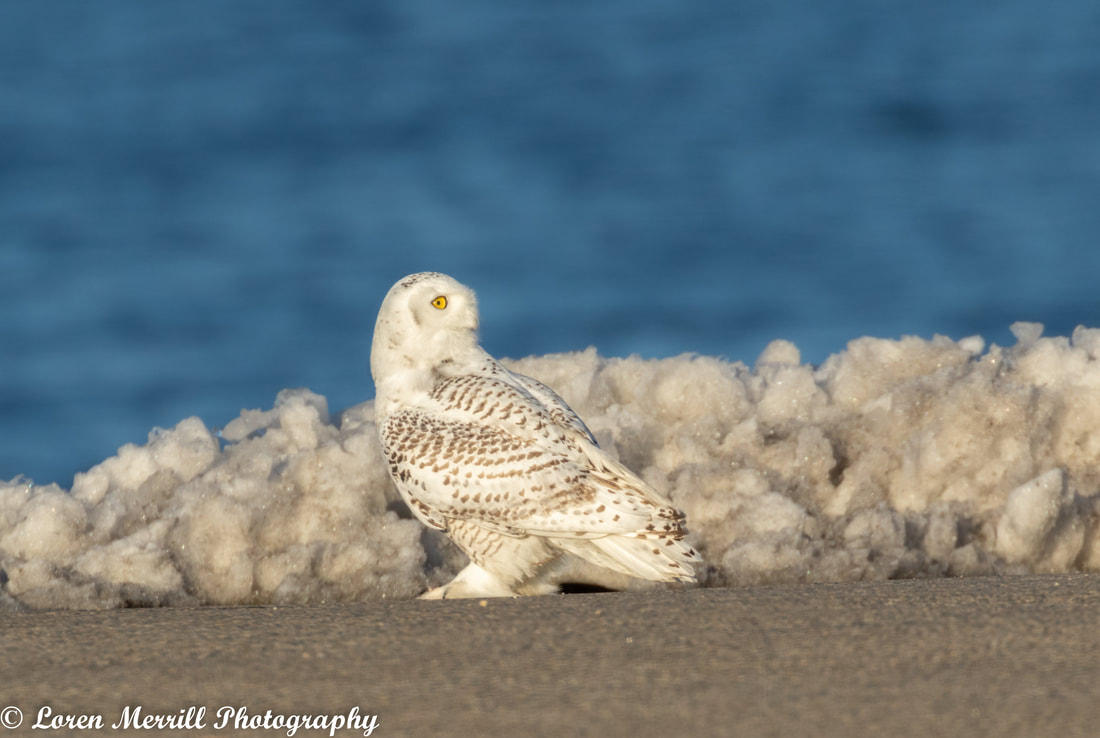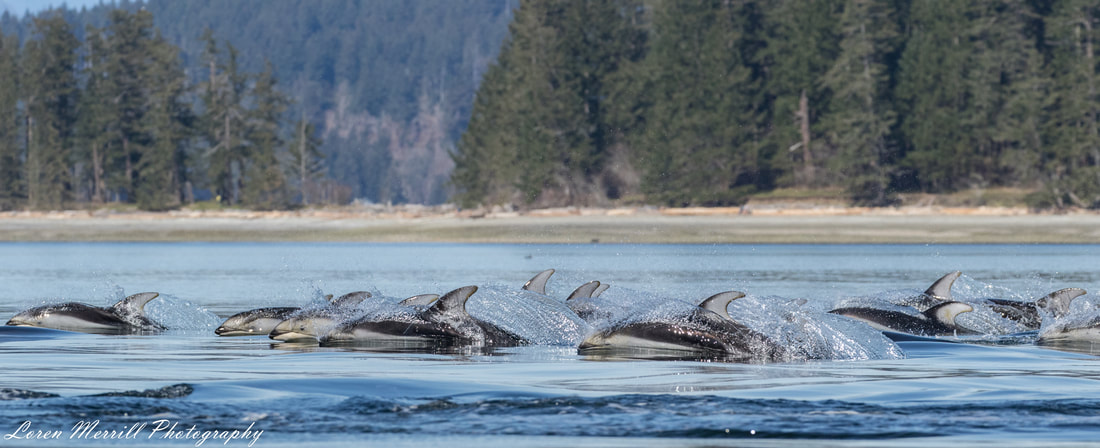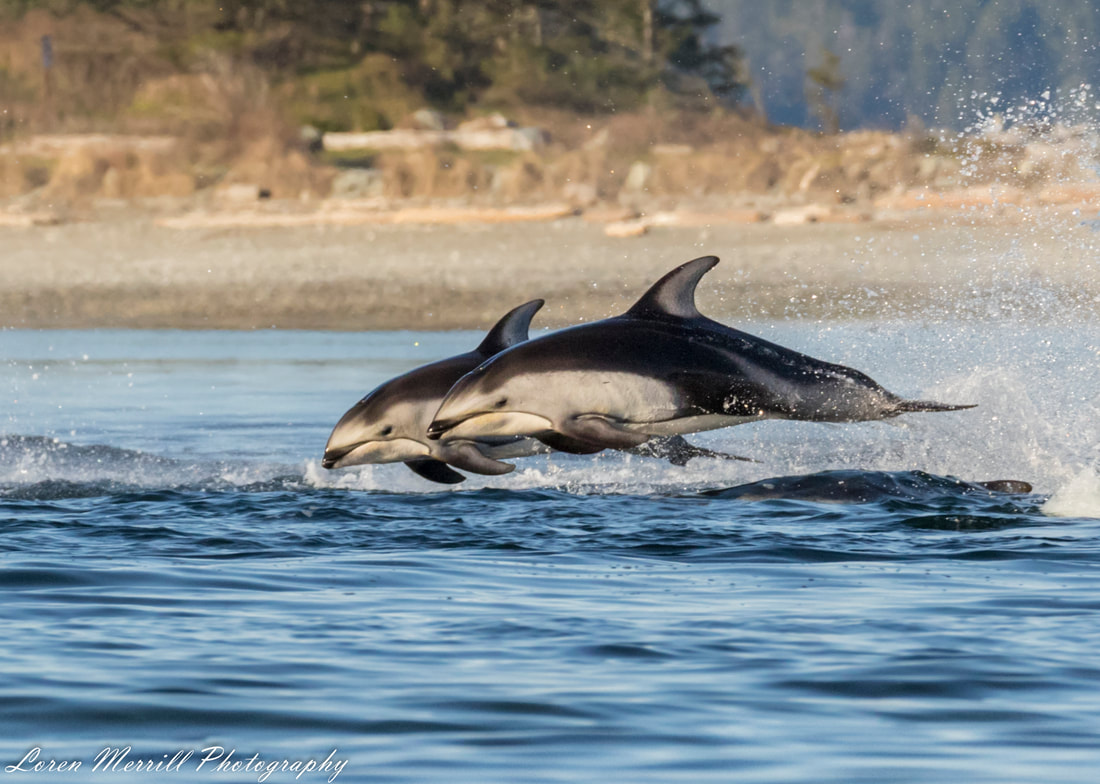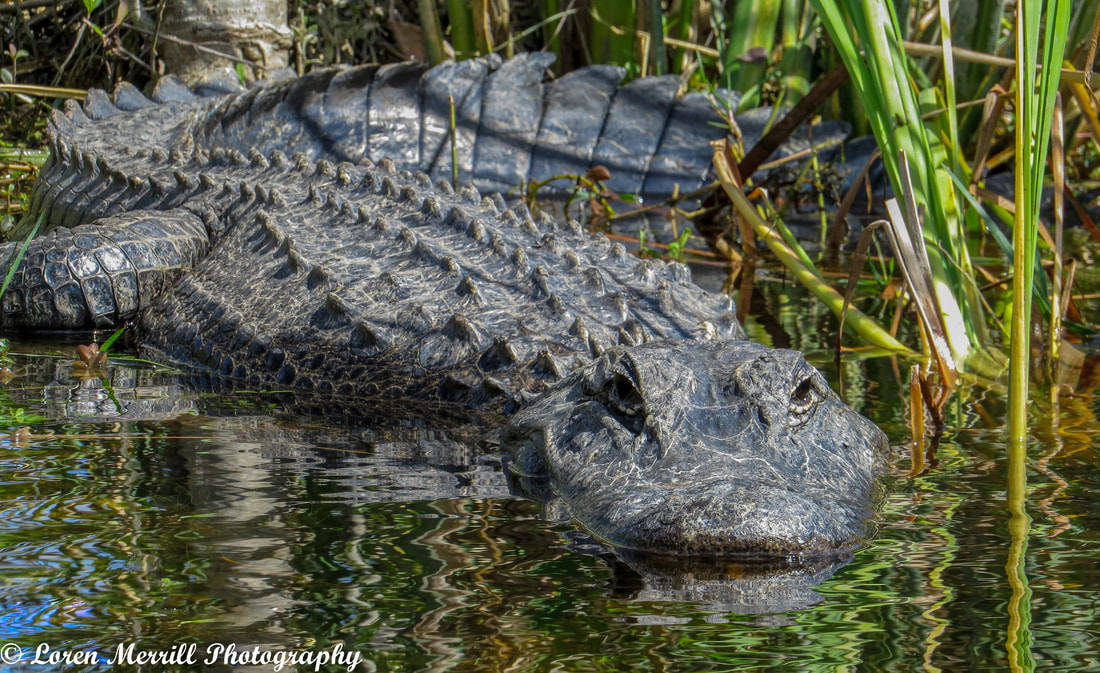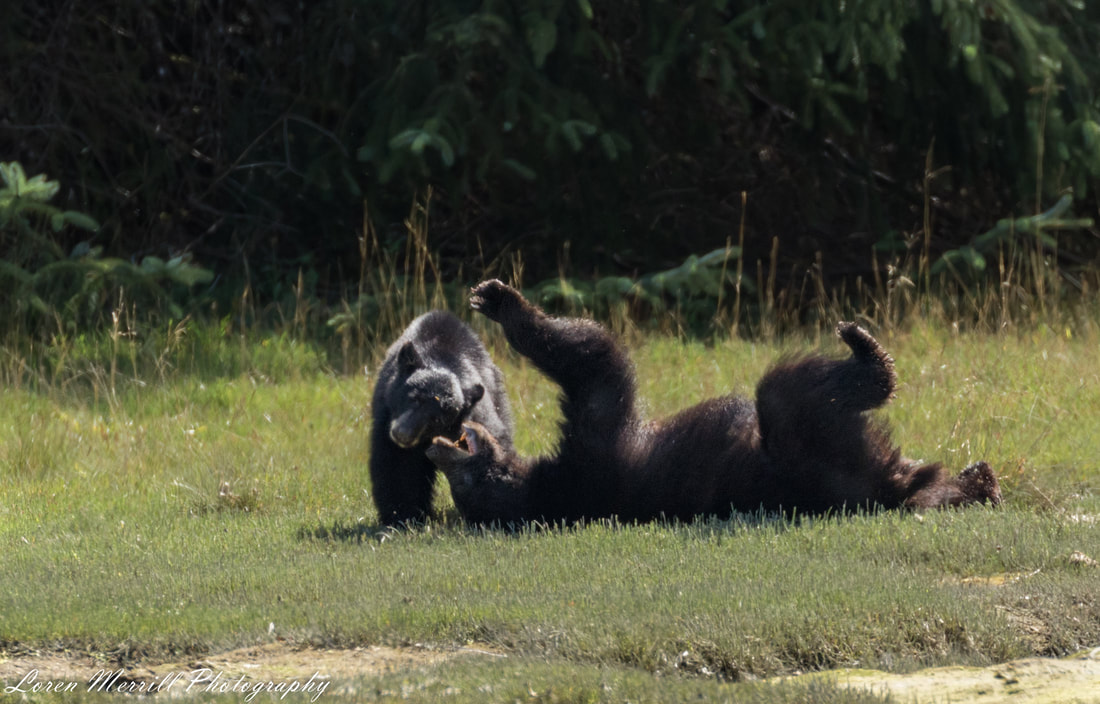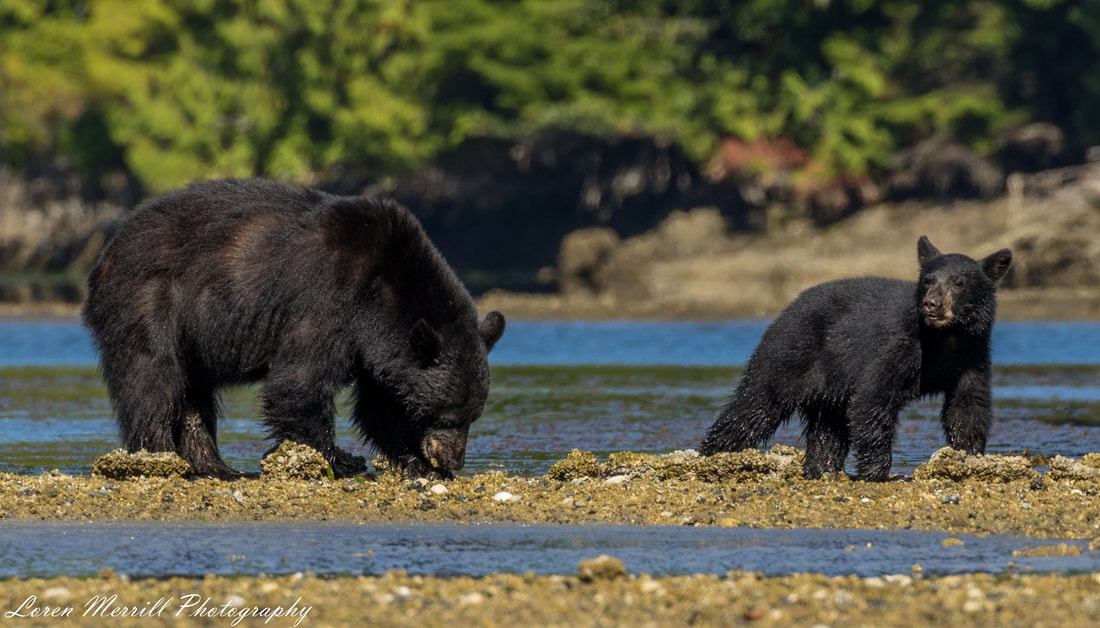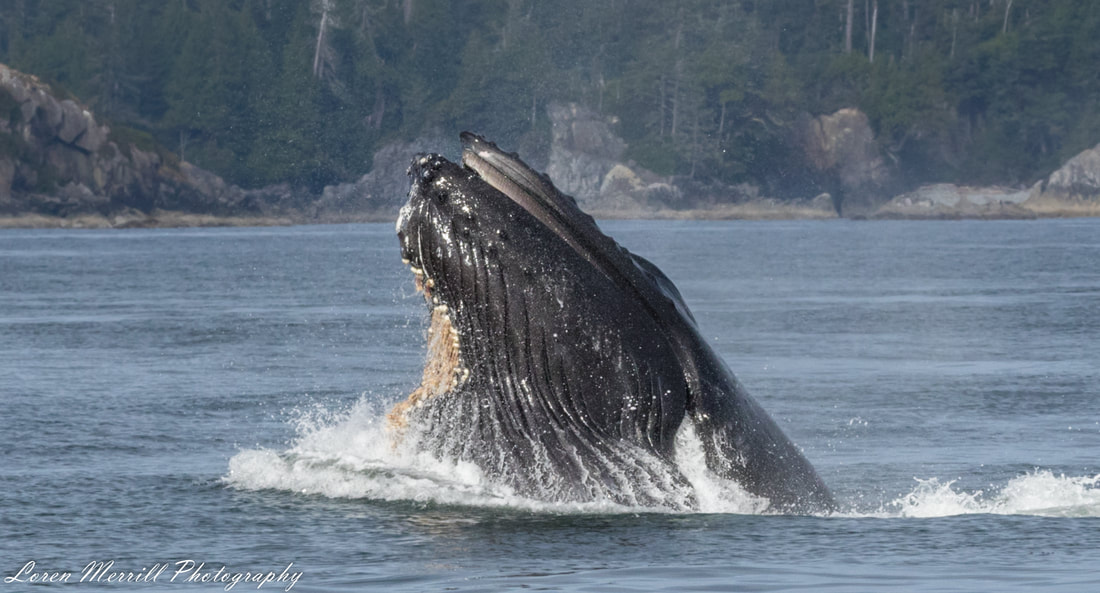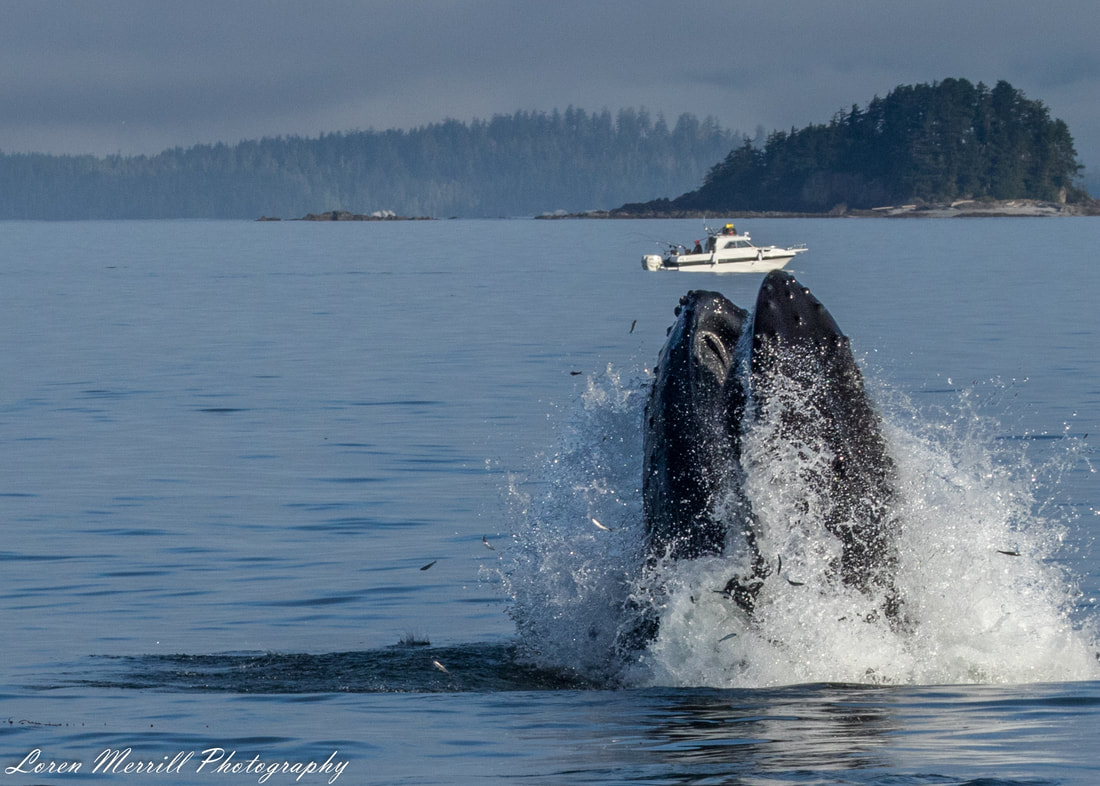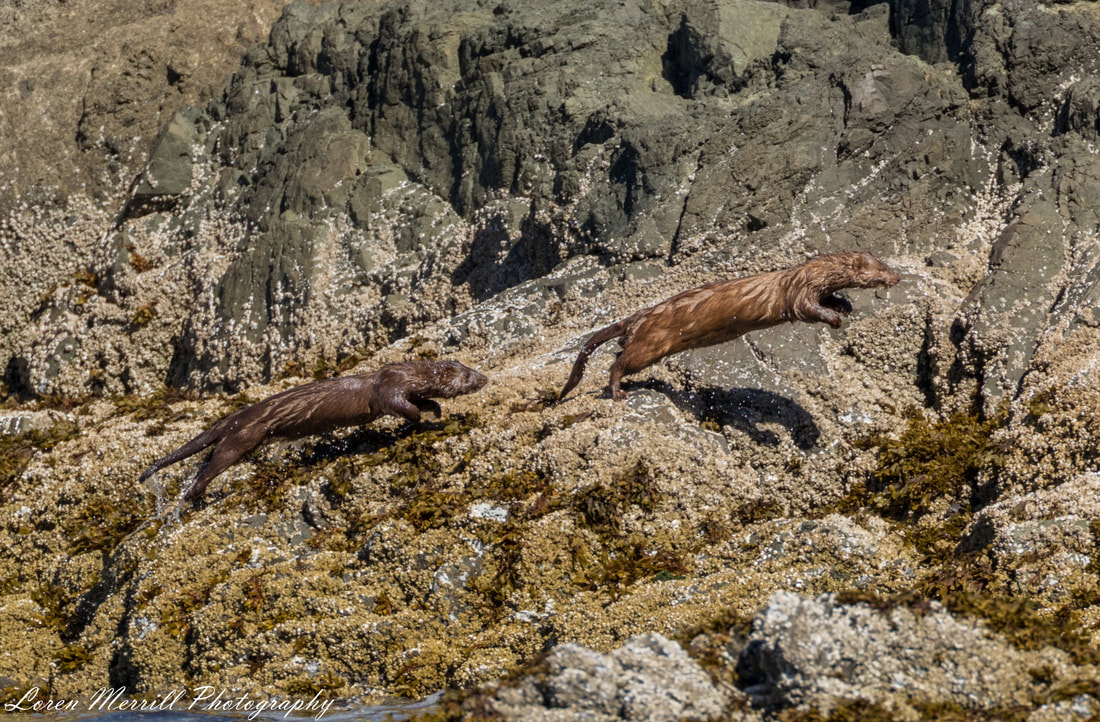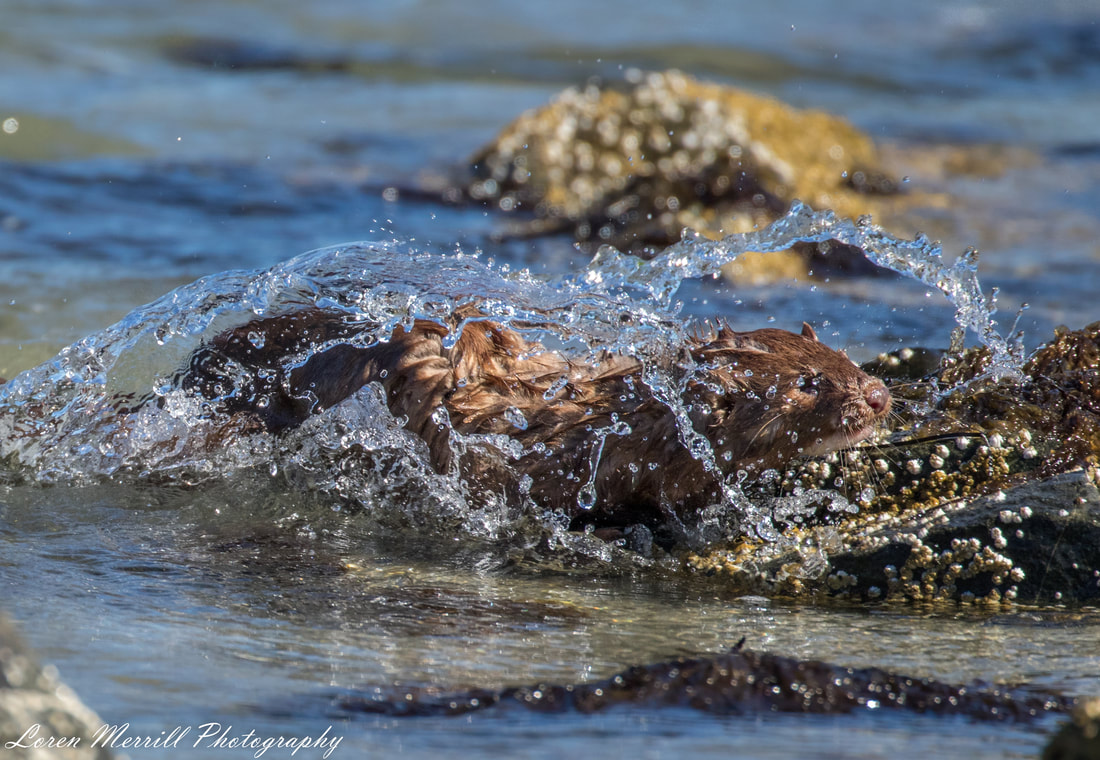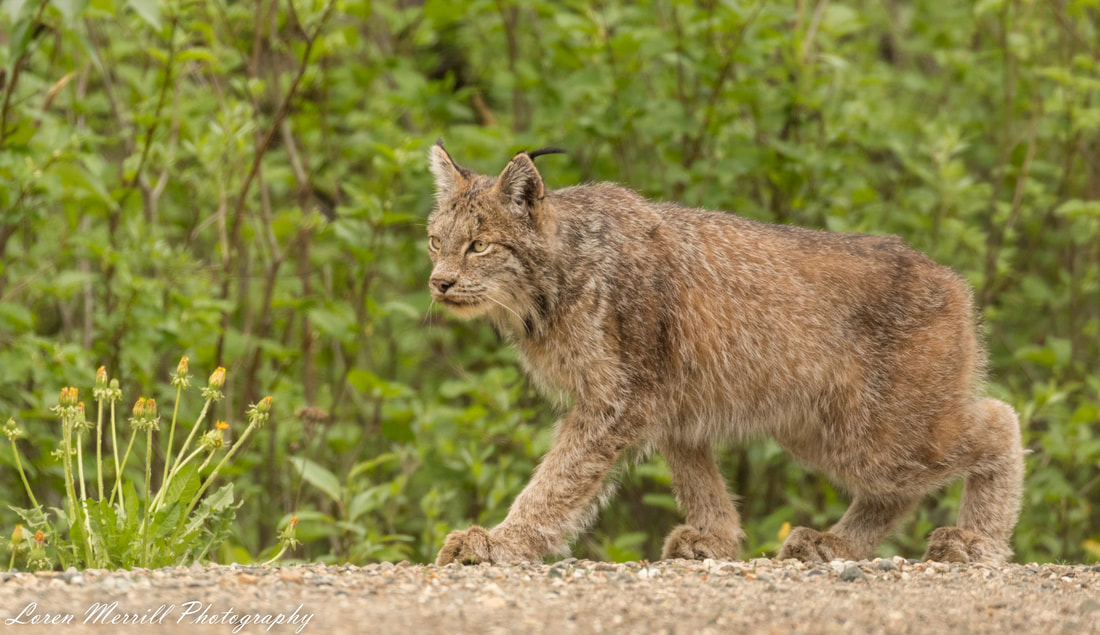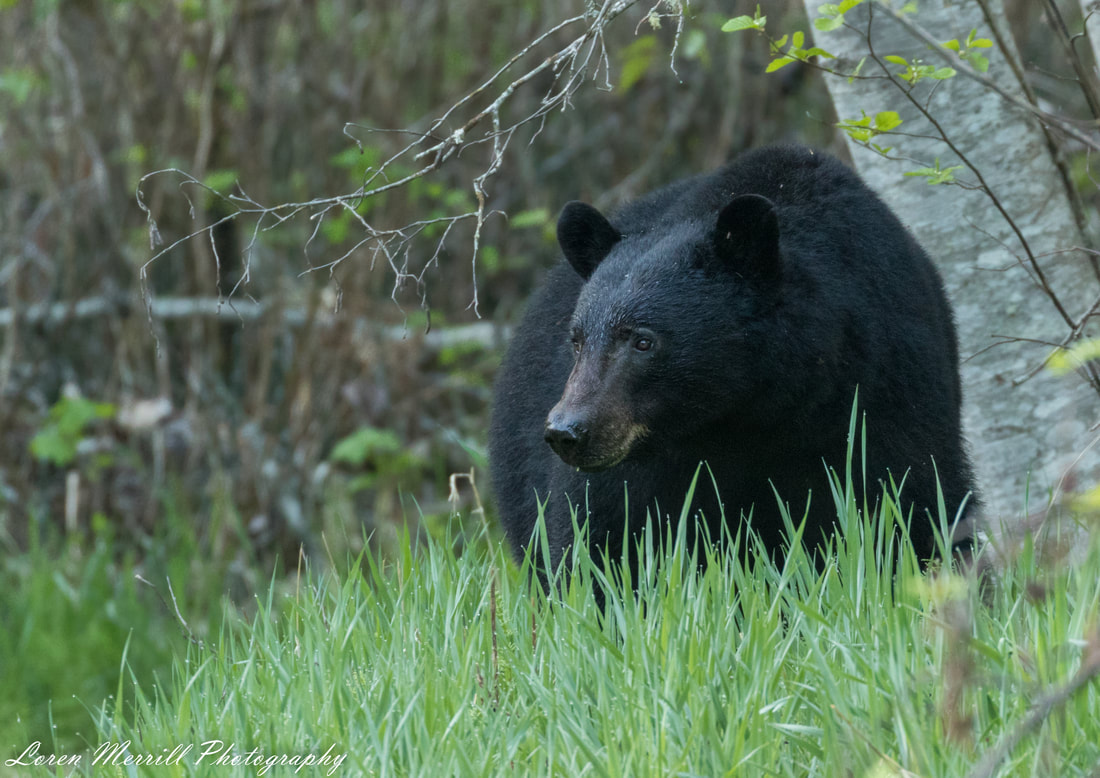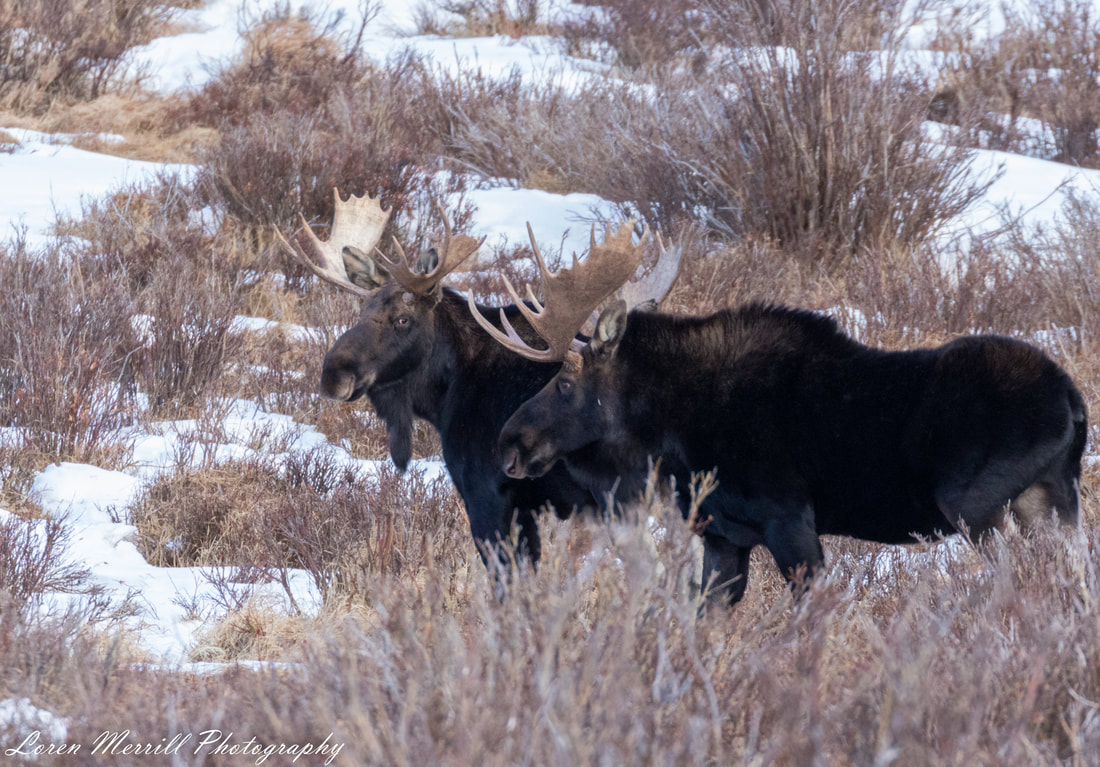|
The idea of doing a “best of 2019” entry seemed like a fun way to start off the new year, but I quickly realized that there are heaps of wildlife encounters that predate this year that I could share. So instead of a year in review, I’ll kick of the new year and the new decade with a “best of the 2010s” post. Without further ado, let’s take a giant step back through time to relive some of the most exciting wildlife moments of the 2010s! Well, my most exciting moments anyways. The Great Snowy Owl Irruption--Winter 2013-14 We’ll start off with a winter that saw thousands of snowy owls invade the lower 48 states, with individuals appearing as far south as Florida and the Bahamas. Snowy owls breed in the Arctic, and in a typical winter, a few dozen or perhaps a few hundred birds will journey south into the Northeastern US, northern Midwest, and northern western states. But the summer of 2013 was a record year for lemmings (a favored food item of snowy owls), and the owls produced prodigious numbers of offspring that summer. Immature snowy owls, like many birds, exhibit natal dispersal, and with so many owls successfully fledging the previous summer, the number of dispersing young birds was at its highest in perhaps a hundred years. For bird watchers, this meant a bonanza of snowy owl sightings. My wife and I often go hunting for snowy owls (or “snowies”) when we visit Maine during the winter holidays. In a typical trip we see one or two of these majestic birds, but in 2013-14, we saw 15-20. Snowies prefer habitat that is similar to the Arctic tundra, so when they come south, airports, marshes, and other open areas are the best spots for seeing them. In the Biddeford Pool area of Maine, snowies were so plentiful that they could be found roosting on the roofs and chimneys of houses that bordered the saltmarshes and sand dunes. Those were the most conspicuous locations, but they were also in parking lots, on the beach, and even large rock formations at the upper edge of the intertidal zone. Snow owl irruptions occur, on average, every 4-5 years, but the 2014-15 winter was also good for snowies, as was winter 2017-18. Last year was a poor one, and this one is shaping up to be similar to last year. Despite the low numbers this year, we were able to see one two weeks ago at the Parker River National Wildlife Refuge on Plum Island in Massachusetts. This refuge encompasses one of the largest protected salt marshes in the northeast and is probably the best location for finding snowies in New England. The bird we saw was far out in the marsh roosting on an osprey nesting platform; even through binoculars it was just an owl-shaped white blob on the nest platform. We watched it for a few minutes before we succumbed to the cold and returned to the warmth of our car, happy to have glimpsed this visitor from the far north. Pacific White-sided Dolphin Explosion-Quadra Island, BC, March 2019 I’ve covered this event in the blog already, so I’ll “borrow” excerpts from that post here. To get you up to speed, last February-April we were living on Quadra Island, located just off of Vancouver Island in British Columbia, as part of a 6-month writing and photography retreat. One day I was driving past a harbor when I noticed a small group of people clustered on the side of the road. I pulled over, grabbed my camera and hurried to the water’s edge. Perhaps 100 meters (~330 ft) from the barnacle studded rocks I was standing on was a pod of 50-75 Pacific white-sided dolphins slowly swimming about in the shallow waters of Drew Harbor. The dolphins would swim in one direction for a while, frequently surfacing with a loud exhalation as they expelled air and water vapor from their blow-hole. Some individuals would change direction, and it would appear as though the pod was swimming in a circle. This behavior is called “milling” and after watching them mill for 30 minutes or so I raced home to get my wife. When we returned, the dolphins were still there, but now they had added another component to their slow meanderings; the sprint. This seemed to happen about every 30-45 minutes at which point the entire pod they would start racing through the water. During these sprints, the dolphins would break the surface with most of their body, but they generally wouldn’t jump out of the water. Sometimes the dolphins would sprint one way for a hundred meters, and then turn and sprint back to where they had been. The sprint would typically go on for a minute or two, after which the dolphins would return to their milling behavior. Late in the afternoon, something changed; suddenly, there was a solitary splash. Then another. In the midst of the milling, a few individuals had begun full body breaches, jumping clear of the water and smacking back down on their sides, backs or bellies. This was some sort of signal, and it spread through the pod rapidly. The dolphins exploded into motion as they began the final act to their day-long spectacle. All traveling in the same direction, the dolphins tore through the water, leaping and breaching as they went. They raced around the perimeter of the harbor, passing within 20-30 meters of where I knelt at the water’s edge, and within a few minutes they had exited the harbor. I stood up and laughed with joy and shock at what I had just witnessed. I had been hoping for an acrobatic display, and I got that and then some. But what had that entire day of activity actually been? Was it related to breeding displays? Was this group-bonding? Was it a day-long choreography session that closed with this spectacular finale? I don’t know—any of those options seem plausible. All I know is that I was lucky enough to be in the right place at the right time to bear witness to an amazing natural event. Alligator Display-Merritt Island, Florida, March 2016 Alligators and crocodiles are among my favorite animals. I think this is due in large part to my obsession with dinosaurs as a child; even though birds are the current incarnation of dinosaurs, crocodiles and alligators seem to embody more of what dinosaurs used to be, or at least what we thought they were. There’s also an undeniable fascination with them because of their predatory behavior, and the fact that we can find ourselves on the menu for some species. But rather than being mindless killing machines, crocodilians are much smarter than we originally thought. They also have complex social behavior, including elaborate mating and territorial displays, which my wife and I got to witness firsthand a few years back down in Florida. We were at Merritt Island, on the Atlantic coast, and were on part of the driving circuit when I noticed a large bull alligator floating in the water parallel to us. I stopped the car and we rolled down the windows to get a better look. The gator noticed us, turned perpendicular, and began swimming towards us. At the same time, it lifted its head and tail out of the water and began what was likely a territorial display. It would suck in a large gulp of air, and then begin vibrating its body against the water. This vibration is part of an infrasonic, or low frequency, sound that can travel for long distances in the water. We couldn’t hear the sounds, but we could see the water droplets dancing on the water surface. This then transitioned into an audible bellow that we could most certainly hear. Alligators and other crocodilians perform this behavior to warn off potential rivals, establish a territory, and potentially to attract a female. I’m not sure where we fell among those options, but it was an awesome display to witness firsthand. The Bamfield Experience-Vancouver Island, BC, August-September 2017 This portion will break from form a little because I’ll be focusing on a place, rather than one specific incident. For my first trip to British Columbia, I was traveling around Vancouver Island in a U-Haul cargovan that I had temporarily outfitted to be a U-Haul campervan. My wife and I had first tried this maneuver in Alaska in 2016 with great success, and then did it again on a trip through the Olympic Peninsula and up to Vancouver Island the following year. I was really pushing the limits of the van by driving on a super rough logging road to get to a remote coastal region called Bamfield on the west coast of Vancouver Island. This area is a dream-come-true for nature enthusiasts, and in my three days there I had three wildlife encounters that I will never forget. First, I rented a kayak to explore an inlet where black bears were known to forage in the intertidal zone at low tide. I paddled my way up the arm of the inlet, passing the skeletons of old buildings and shipwrecked boats. Belted kingfishers and great blue herons fished along the edge of the water, and bald eagles circled overhead. The inlet opened into a small cove, and tucked in one corner of the cove was a mother bear and her yearling cub. They were foraging among a cluster of rocks that sat in the mud at the mouth of a small stream. I stopped paddling and coasted to a stop in the thick mud. I was a few hundred feet away from the bears, and they took no notice of my presence. Mom and cub nosed among the rocks for a half hour, then clambered up a nearby grassy slope, and mom lay down in the grass for an afternoon siesta. The cub was having none of it, however, and began wrestling with mom. When it became apparent that the cub was not going to be taking a nap, mom gave up on her attempts at sleep and engaged with her rambunctious offspring. She lay on her back, swatting at the cub while it tried various approaches for biting mom’s feet and head. They wrestled for a few minutes, and then mom got to her feet and gave her grass-covered coat a good shake. She then led her cub back to the water’s edge, and they slowly sauntered over to a nearby island by way of a narrow causeway that had been exposed by the receding water. The intertidal zone is rich with food options for hungry omnivores, and the two bears went about sampling the marine delicacies. As they walked, they flipped over rocks to get at the animals hiding underneath. The cub mimicked its mother’s behaviors, turning over rocks and crunching up the barnacles and crabs it unearthed. But while mom could easily flip rocks in excess of 100 pounds, the cub had to limit itself to smaller fare. While the bears foraged, I sat in my floating observation vessel, occasionally paddling myself into a better viewing location, or backing up into open water if the bears started to come too close. After an hour of rock-flipping, the bears crossed back over the causeway, and vanished into the thick woods that edged the cove. I kayaked back to the town landing, and after talking to the proprietor of the kayak rental place, decided that I would take a water ferry across the channel, and camp on Brady’s Beach that night. When I arrived at the beach, about an hour before sunset, I was greeted by two grey whales that were breaching in the golden light cast by the low-hanging sun. I set up my tent, and then climbed up a massive rock formation to watch the dusk settle over the area. When the stars began emerging from the deep cobalt sky, I retreated to my tent for the night. The next morning I was up at dawn, and quickly got my campstove going to brew up a cup of coffee. I took the steaming mug to a memorial chair that had been placed partways up another large rock formation, and sat down to enjoy the emergence of another stunning day. I was almost done with my coffee when I was joined by another early-morning riser; a humpback whale. Except he was already on to breakfast and was very actively going about acquiring it. I hastily climbed back down to the beach, and ran down to a rock point that jutted out close to where the whale was foraging. The whale was lunge-feeding, which means that it would dive down close to the bottom, and then burst to the surface of the water where the schools of herring were concentrated. I couldn’t tell if the whale was using any sort of bubble-net tactics, but it seemed to be proficient at getting mouthfuls of the small baitfish with each lunge. What was most striking was that the whale would sometimes venture in to the small cove just to the south of my rock point. There were times when the whale was easily within 50 feet of the rocks. Sounds like a photographer’s dream come true, doesn’t it? The only problem is I had no way of knowing where or when the whale would surface. Sometimes it would be hundreds of meters offshore, and other times it would be within a stone’s throw. Over the course of two hours I managed to get a handful of shots of the whale breaking the surface, but the real thrill simply lay in being so close to this leviathan (while on shore) as it collected its breakfast. After the two hours, the whale stopped foraging and began milling about offshore. I took this as an omen to go get some breakfast of my own, and headed back across the beach to my campsite. When I reached my tent, I realized I had dropped my long-sleeved shirt somewhere en-route. I went back to search for it, and while I was at the other end of the beach, I heard a scream come from the water. I looked out into the waves, and saw two small shapes swimming through the ocean. They were headed for one of the rock formations that sat offshore, and when they reached the rocks, the lead animal pulled itself from the water and began sprinting up the rock face with the other animal following. I took a few shots with my camera and realized they were mink, but I had no idea what they were doing. They quickly vanished from view, but moments later they came tumbling down the rock mount, with the lead animal again screaming. It launched itself back into the waves, and frantically swam for another clustering of rocks with its pursuer close behind. When they emerged from the water again, the trailing mink caught up to the first animal and tried to tackle it, and I realized what I was seeing. The first animal must be a female, and the pursuer a male hoping to mate with her. Except she clearly had no intention of mating with this male, so it appeared that he was attempting to force copulate with her. The female mink wrestled free and continued running across the rocks before jumping into the water yet again. Now they were headed directly towards me. I got down low in preparation for what I hoped would be a close pass. I could see the little heads among the waves as they made their way towards shore. The female reached the barnacle-covered rocks in the surf first and raced through the shallow water with the male right on her heals. She raced right by me and would almost certainly have been tackled on the beach but an unexpected hero came to her rescue. A few houses sat in the woods up from the beach, and one of these houses was home to a Scottish Terrier who must have been attracted to the action by the female mink’s screams. Just as the male mink cleared the waves and was about to mount his final assault, he was intercepted by the diminutive dog who came racing down the beach barking ferociously. The male mink turned and raced back into the waves, and the female vanished into the brush at the top of the beach, finally safe from the unwanted advances of the male. Miscellaneous There are a few encounters that I’ve covered in depth in the blog that I’ll just include links to, as well as some that I was unable to get good photos or video of, but that warrant mentions. First, a close encounter with a lynx in the Bowron Lakes area of British Columbia. There were so many amazing bear encounters, I've included the Bears of the West post. As with the bears, there have been numerous moose encounters, so I'll include the second moose post.
And I'll wrap up this review post with two marine experiences that, unfortunately, I have no photos or video of. Close Encounter with a Whale Shark-Panama, February, 2015 On a boat trip out to go snorkeling at beautiful Coiba Island in Panama, we came across a 20-25 foot long whale shark that was slowly swimming around at the ocean’s surface. We got the ok to jump in the water, and jump in we did. We swam over towards the giant but gentle shark (whale sharks are filter feeders) and then floated there hand in hand as it swam around us. At one point its massive tail passed within arm’s reach, and then it began descending and we returned to the boat. Swimming with Reef Manta Rays-Big Island, Hawaii, March, 2017 In a similar vein to the whale shark encounter, I was able to get quite close to another large marine animal—manta rays-- in the waters of Hawaii. My wife and I were on the Big Island visiting family and had heard that there was an area south of Kona where a hotel had floodlights that shown onto the ocean. At night, these lights attracted plankton, which in turn attracted reef manta rays. Reef mantas can have a wingspan in excess of 15 feet, although most are in the 6-10 foot range. Like their larger relatives the oceanic manta rays (which can have wingspans up to 23 feet) reef mantas are filter-feeders, and they are attracted to areas where plankton congregate. The word had gotten out that the shallow waters near the hotel were great for a plankton dinner, and mantas were known to show up on an almost nightly basis. There were tours that took people out to see the mantas, but I figured that since we had a two-person kayak, we could save a few hundred dollars, and DIY the adventure ourselves. We brought a flashlight and a headlamp (my thinking was “maybe we could attract plankton to our kayak and then the mantas would come right to us”) and pushed off into the waves. The sun was just setting as we paddled offshore to get the lay of the area. It was pretty choppy, and the rocky point on which the floodlights were situated looked quite dangerous now that I could see it from water level. Moreover, as the light faded, I began thinking about all the tiger sharks that make the Big Island their home, and that are most active at night. It also became immediately apparent that the flashlight and headlamp we had brought were entirely useless for attracting plankton. They barely penetrated a foot down into the water. I kept these concerns to myself, however, and tried to convince my wife that it was still a great idea as we bobbed about in the inky water. And then, salvation arrived. A group of kayakers rounded the point and made their way over towards us. They were part of an actual guided tour, and were on their way to rendezvous with a large catamaran that was also motoring in to the area. The cat had a bank of its own floodlights as well as a giant rig that people could hold onto to remain within the lighted area. We chatted with the kayak guide for a few minutes and he suggested that we could join up with the kayakers and cat tour group. My wife seemed less than thrilled at the prospect of jumping into the surging dark water, plus we needed someone to stay in the boat so that it didn’t float away into the darkness, so we agreed that she would remain in the kayak, and I would jump in and go find mantas. We were about 60 feet away from the group of people that was now assembling in the water around the floating lights, and I banished all thoughts of hungry sharks from my mind and flopped over the side of the kayak. I swam towards the light and even from a distance I could make out large dark shapes in the water below the lights. As I approached, the shapes took form, and I could see there were about a half dozen mantas flying through the water. I joined the group of people holding on to the PVC structure and floated above the whirling buffet-ballet. The mantas would swim towards the surface (and the people) with their mouths wide open, and just before they would touch us they would flip and swim back down towards the bottom, at which point they would cycle back up to the surface. I remained motionless, entranced by the beautiful feeding frenzy, until I began shivering from cold. I pulled myself away from the mantas, turned and realized that the kayak and my wife were a hundred meters away in pure black waters that were almost certainly teeming with ravenous sharks. With no massive bank of floodlights ahead, I put my head down and swam as rapidly as I could without splashing (which, when you are wearing loose aqua-socks is not very fast) back to the kayak. I somehow managed to avoid the sharks and pulled myself aboard the kayak with all the grace of a walrus. My wife and I turned the kayak towards shore, and left the dancers to their meals. In the process of writing this post, I've realized there are many more adventures I could include, but these are the ones that first jumped out to me. A happy 2020 to everyone, and here's to another decade spent in the company of wildlife! Next post: TBD Subscribe to the Newsletter: If you would like to get notifications about when new posts are up and other tidbits related to the blog, sign up for the View Out the Door twice-monthly newsletter. Just email viewoutthedoor “at” gmail “dot” com with the subject header SUBSCRIBE.
1 Comment
conrad cyr
1/7/2020 07:50:22 pm
Dance of the dolphins was such a wowsers sight to see
Reply
Leave a Reply. |
About the author:Loren grew up in the wilds of Boston, Massachusetts, and honed his natural history skills in the urban backyard. He attended Cornell University for his undergraduate degree in Natural Resources, and received his PhD in Ecology from the University of California, Santa Barbara. He has traveled extensively, and in the past few years has developed an affliction for wildlife photography. Archives:
|
